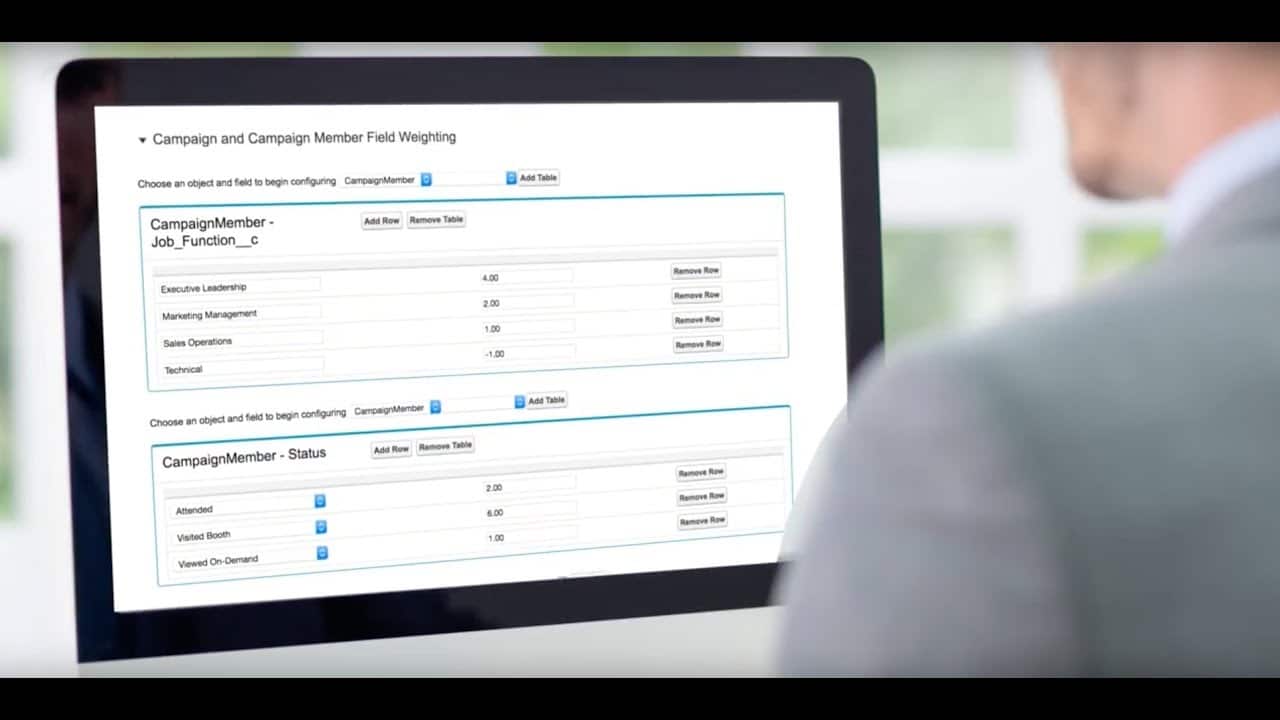Imagine there are three Salesforce developers in your team- A, B, and C. All three of them are skilled and talented, and they are working on a fantastic app for Salesforce. The much-awaited app scheduled for launch is soon, and A and B have been working in the production org while C is engaged with the sandbox. A creates one unmanaged package and places it in the sandbox org while B does the same too. Now, what can go wrong just before the launch of the app?
In the above case, experts of Salesforce state there is no process for merging, and this means all three developers will overwrite the changes of one another. In case these changes are made to the sandbox of C, there is no method to retrace steps and get them back.
A B and C are skilled and qualified developers in your business and all of them have their processes in place to stop the above from taking place. However, it takes time and a lot of meticulous planning to recover the lost time as well as the energy that could have been utilized in creating new features. This team might not be aware of the above as yet; however, they are limited thanks to the tools they are using. They might not feel constraints; however, they will realize that they are not productive or effective as their team’s expected potential.This is where version control steps in for the rescue for your development teams
With the aid of version control, the above issue can be resolved, and it is simple for every developer in the team to use. If you check the Internet today, you will find there are several credible open source versions of the above system available for you. However, here you should focus on Git. Whether you are a sole developer or you are working with a team, it is prudent for you to ensure that the workflow in transformed in such a way that it eradicates the problem described above along with other issues that you might detect. Moreover, when you use version control, you can enhance the quality of the work done in the organization with success.
How does the version control system boost the development performance in your teams?
The Salesforce version control systemprovides members of a development team to keep track of several versions of software tools, for instance, Git with its share of pros and cons. However, all these changes can be categorized into two groups- distributed and central.
With context to the above, Git is an example of this distributed version control. It gives all the members of a development team the freedom as well as the flexibility to give everyone an accurate copy of the whole repository at any given point of time. This copy also covers the different lines or branches of work done along with its commits, like the saved items done in the past in the local machine of the developer in the team.
The need to collaborate for winning success
The sole objective of the current version control system is created and designed in such a unique manner so that it can help all the members of a development team in an organization resolve problems together. Teams face issues when they work together, and it is here that they must join hands to resolve them at the earliest so that the work in hand does not suffer from time and cost delays.
With the aid of this system, you can go back and assess the approach that you have. You can break down the silos and incorporate conversations and other perspectives that help you and the rest of the members of your team to deliver quality software. Some workflows and tools are designed with the expressed goal of enhancing communication and the complete quality of the work.
Again, some systems give you a collaborative platform that provides the members of the development team with a common community space where they can share and see the work of others. They can complete the reviews of codes and also link integrations that allow you to create, test, and use the code. Such systems are sizeable open source communities across the globe, and this is why they are the first choice of esteemed companies around the world that have identified the advantages of a collaborative and open platform for development.
Embrace the best practices
Now, the question is, what is the best practice for the above system, and how can one plan out a strategy for success? This is one of the most common questions that users ask on the Salesforce community. The answer is direct- Salesforce should have a version control system; however, the unfortunate truth is some highly prestigious and esteemed companies across the world use no such system for their Salesforce teams. They bank on Sandboxes and their team developers to keep track of the configurations and codes. It is apparent that they are making a terrible mistake, and the members of the development team are made to suffer for the lack of a good version control system for Salesforce.
If you want your organization to reap the maximum benefits of Salesforce for your business, it is high time you invest in a good Salesforce Version control system today. You introduce transparency and better governance to the engineering process. In case there is a conflict in codes, you immediately can inform all the members of the development team. You can run test classes in the Salesforce sandbox, and with this, you can identify problems in its early stages with success. Note that when you incorporate the version control system in the business, it is a process that needs to be done step by step. Compare the best tools available in the market and ensure you invest in the right one for your business to flourish and grow with success!




